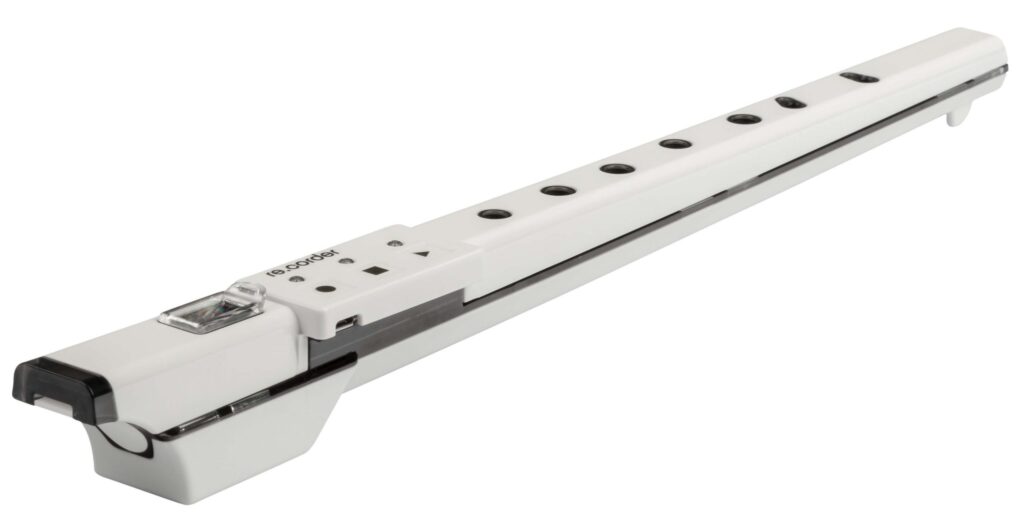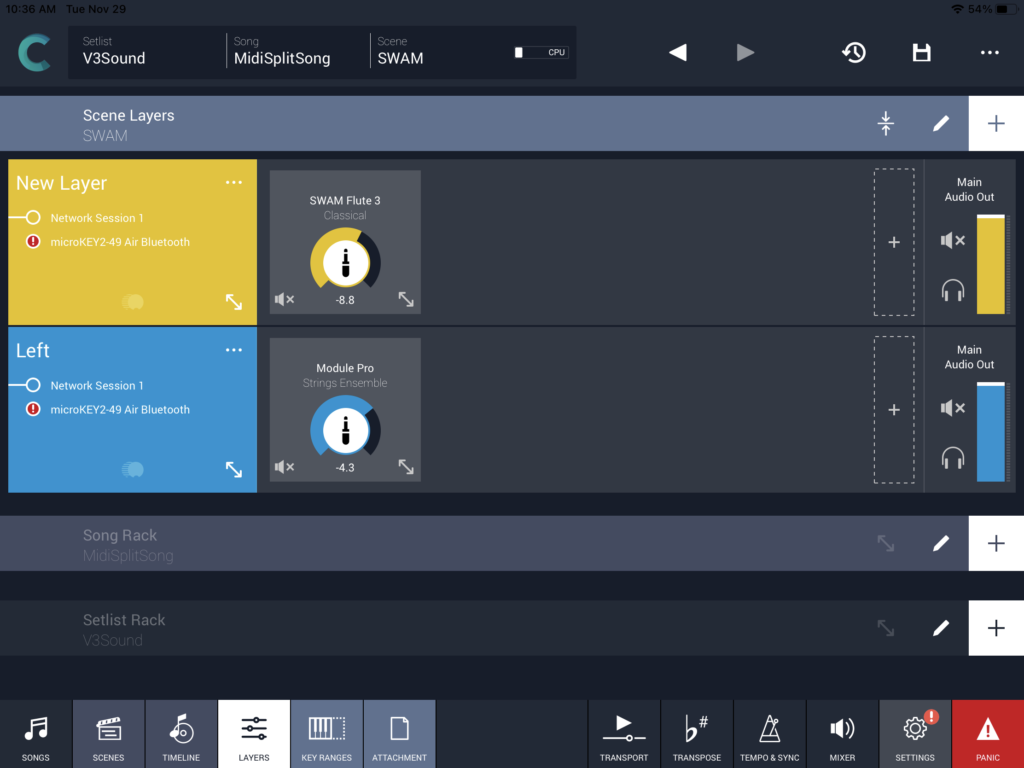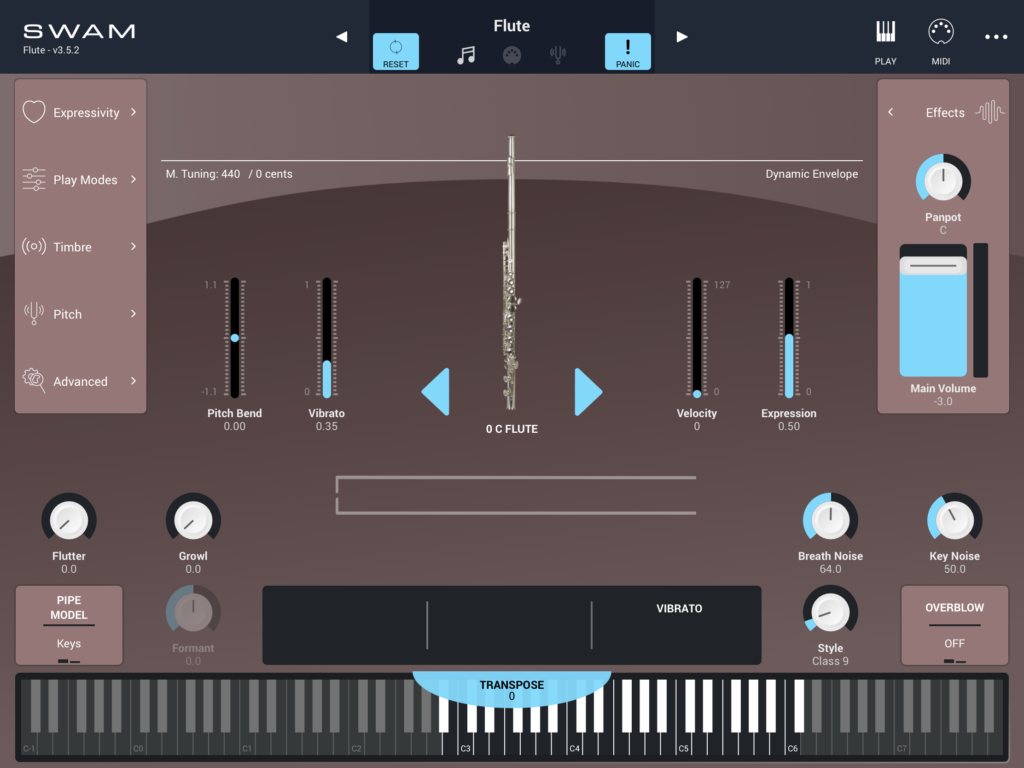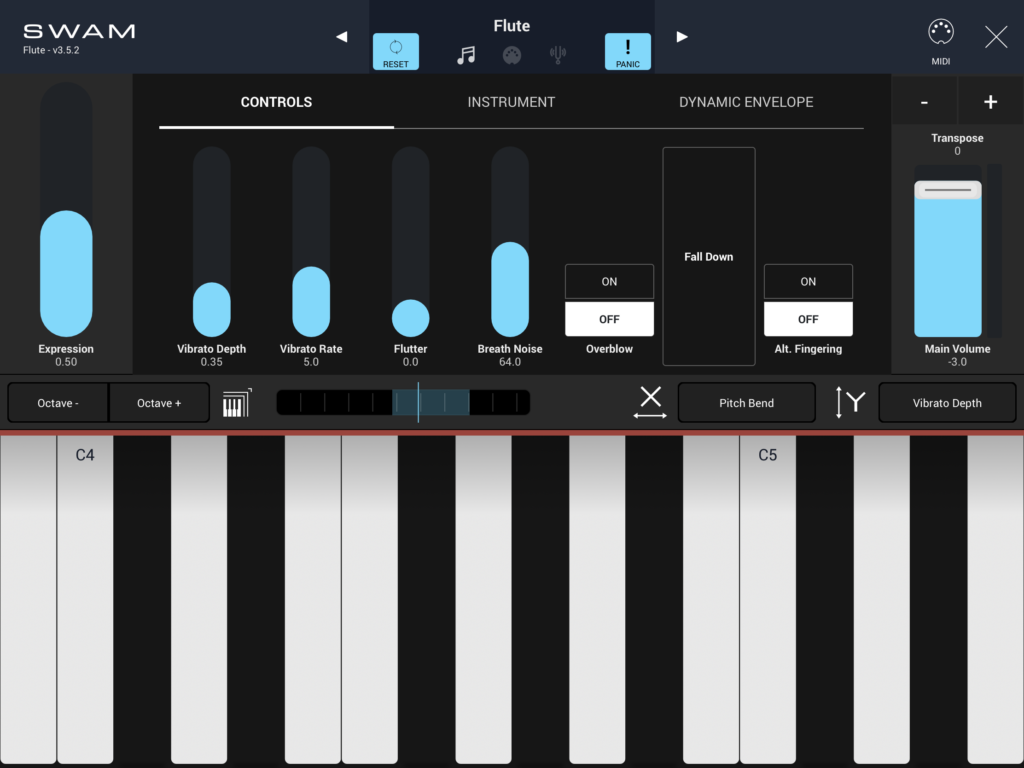NAMM 2023 is a wrap with all of the major products rolled out. Here are a few items that might have escaped your attention and are worth checking out on-line.
Hammond 122H Heritage Leslie
You just can’t buy a new Hammond XK-4 and not connect its 11-pin speaker port to a new Hammond 122H Heritage Leslie. This new model comes out in August: solid-core wood cabinet, 40 Watts, new servo motors, independently controllable upper horn and lower rotor, switchable from a 122 to a 147. Projected price is $7,000 USD.
Artinoise re.corder
The Artinoise re.corder is not new, but it was at NAMM 2023. The re.corder is a wireless wind controller based on the classic soprano recorder. I took a look at the re.corder a few years ago and decided that it wasn’t quite mature enough. It’s time.
The re.corder comes in four colors (black, blue, red and white) and is 120g light. Sweetwater handles re.corder sales in the USA and they posted a NAMM 2023 video of the re.corder driving Audio Modeling SWAM Cello.
It’s only $199 USD. Cheap enough to try wind today!
Audio Modeling SWAM and Camelot
Speaking of SWAM, Audio Modeling announced upgrades to SWAM (now v.3.7.0) and Camelot (v.2.2.4). These are the full fat personal computer versions. The Camelot upgrade includes a Yamaha CK Smart Map. That was fast work.
I hope that many of the enhancements will eventually appear in the IOS versions of SWAM and Camelot. I would love to see SWAM ensembles, too.
Audio Modeling, BTW, have a partnership with our friends at ILIO.
Bastl Bestie
Bastl have kicked loose a new box: the Bastl Bestie. The Bestie looks like a Dude, but it’s nasty. Bestie is a 5-channel stereo mixer with stereo distortion and saturation. It can mix clean with distortion kicking in during boost (i.e., rotating past 12 o’clock). Leave Channel 3 unplugged and it feeds the output back to the input.
Like the Dude, Bestie operates on either USB power or four AA batteries. The Bestie is 180 Euro through the B Shop. I didn’t see the Dude in the B Shop, so Bestie may be the new Dude. North American retailers include Patchwerks in Seattle.
This beast could be fun as a key-top small mixer that adds grunge.
mki x es.EDU DIY System
No, I didn’t accidently lean on the QWERTY keyboard. That is the name of the series of educational DIY synth kits developed by Erica Synths and Moritz Klein.
C’mon, dudes. Try your new product names in the Google before branding. If customers can’t easily search on a name (like “re.corder”), they ain’t gonna find you.
Kits in the EDU DIY series include:
- EDU DIY VCO $79
- EDU DIY VCA $69
- EDU DIY EG $69
- EDU DIY Sequencer $79
- EDU DIY VCF $84
- EDU DIY Mixer
- EDU DIY Noise/S&H
- EDU DIY Output
- EDU DIY Wavefolder $109
You’ll find them wherever fine modules are sold. 🙂
Whimsy
Yamaha took a lot of heat by using the word “breakthrough” in its NAMM 2023 (self-)promotion. To some, releasing a modestly priced keyboard like the CK is not “breakthrough” enough, though I see Yamaha selling scads of these.
I’ll close with a little bit of Yamaha whimsy. Thanks and a tip of the hat to the person who posted this link on Gearspace.
Copyright © 2023 Paul J. Drongowski




